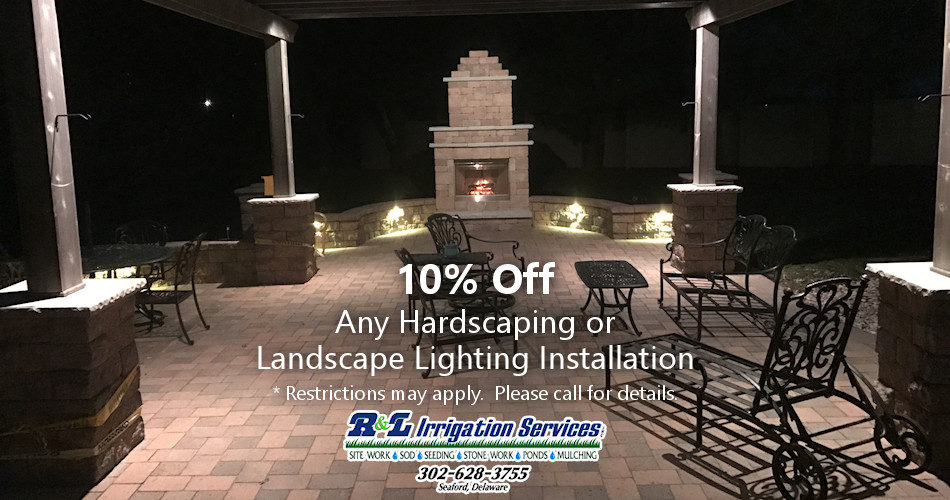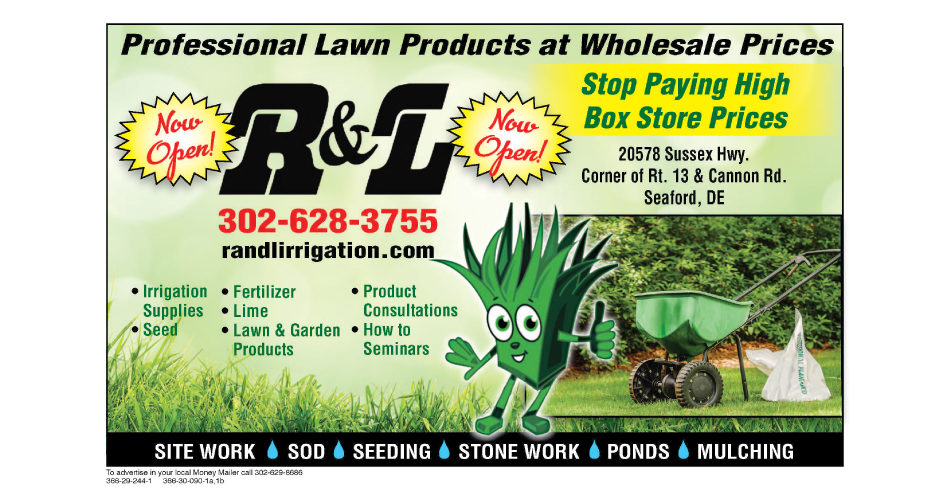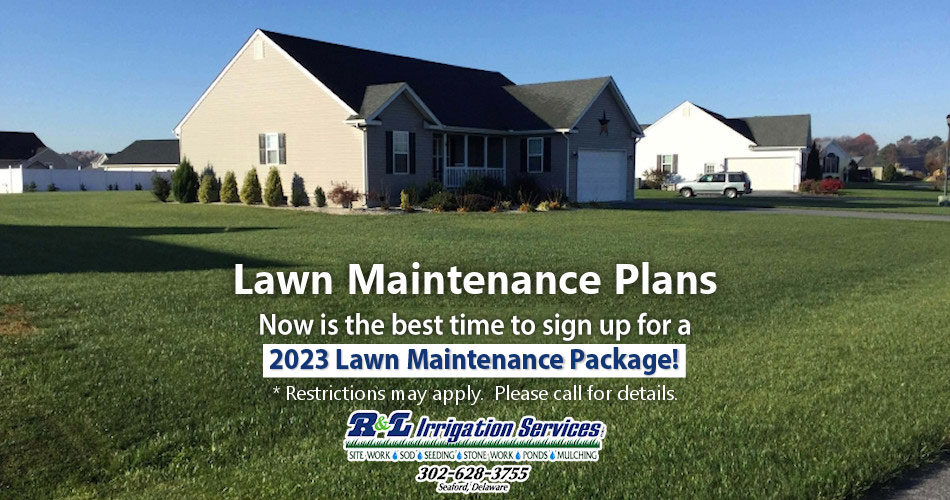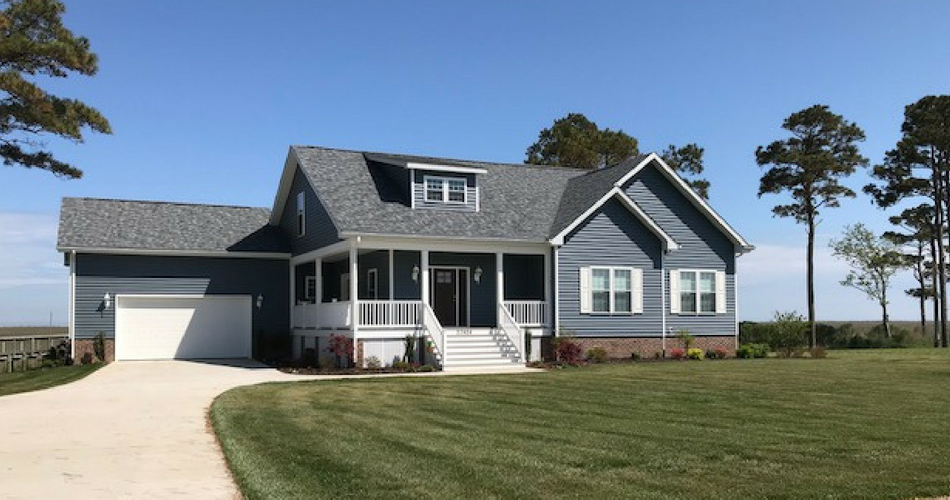
Benefits of Adding a Hardscape to Your Home
Although many people conceive of landscaping as leveling the ground or terrain of a piece of property and then sprucing it up to making it more attractive, there’s a lot more to it. Landscaping has many components, including the addition of plants, hedges, and gardening – known as horticulture. However, there is another very important kind of landscaping that can go quite a long way to improve curb appeal, make the outside of the home more enjoyable and accessible, and drastically increase property value: hardscaping.
What is Hardscaping?
Hardscaping broadly refers to all man-made outdoor property features, such as stone walls and paved paths, that are integrated into the architecture and landscape of a property. According to The Spruce’s article on the topic, hardscaping “can include almost any type of decorative or practical structure in a landscape, from driveways to fences to benches.”
“Hardscape is a critical part of landscape design, providing definition and a sense of organization to the natural areas and features,” the article says. “Hardscape elements can also define the use of a space, such as with a driveway, or it can lead visitors through different zones of [other landscaping], as with a gravel path that winds through a grassy area and into a secluded garden.”
Waterfalls, patios, pond structures, walkways, decks, fountains, retaining walls, outdoor kitchens, outdoor ranges, outdoor fireplaces and fire pits, pergolas, planting beds, and other rock formations are all common hardscaping elements that can be found on properties across the world. As you would expect, the most frequently used hardscape materials are things like stone, brick, concrete, wood, metal, gravel, and naturally occurring rocks and boulders. Hardscaping is an important part of the equation when it comes to creating a balanced and attractive landscape design, providing huge advantages to homeowners that invest in it and to the property itself as well
Increased Property Value
One of the most obvious benefits that hardscaping has to offer is that it can boost the value of a property significantly. If you are looking to sell your house – or just want to invest in your home – you may want to consider having some proper landscaping done if it hasn’t already been done. This will not only increase the value of your home, but will also ensure that when it is sold, it’s less likely to end up hanging around on the market for too long and delaying your plans.
The first impression that a potential buyer gets when they check out a home for sale is one of the most important factors in determining whether they will be interested in buying the property. According to SF Gate’s article on the subject:
“A well-landscaped home has a significant price advantage over a home with no landscaping. This advantage ranges from 5.5 percent to 12.7 percent depending on the type of landscaping and the home’s original value. That translates into an extra $16,500 to $38,100 in value on a $300,000 home.”
Bad landscaping can cause them to walk away before they ever step food on the property. The aesthetics of landscaping alone play a huge role in the sales process, but hardscaping can play an even bigger role. Hardscaping offers many practical benefits whose absence will be sorely missed by a potential buyer with a sharp eye, many of which are explained further down in this list.
Hardscaping Reduces Erosion
Land erosion is a problem that can be unattractive at least, and dangerous at most. Soil wears away naturally, but watering lawns and gardens can accelerate the process. Walking on the ground and digging up garden plants can also contribute. Fortunately, these are problems that hardscaping can address. Here are some examples of how hardscaping can protect your property from erosion:
- Retaining walls. One excellent method used to prevent erosion is to cut into a slope on the property with walls, either creating a single raised area or a terraced stair-step configuration. These tiers of flat surfaces allow you to plant on the levels, where watering or precipitation is encouraged to soak in slowly instead of running off and eroding the slope. The higher retaining walls go, the more involved and expensive they tend to be. Common materials for retaining walls include stone, concrete, and timber.
- Rip rap. You may have seen this erosion control hardscaping technique before, often found on the edges of man-made lakes and retention ponds: large, rough, un-mortared stones – typically granite – that are placed in trenches dug into slopes or wherever water meets dry land. The rip rap diverts and slows water (whether it is flowing through or crashing in waves against the rip rap), reducing erosion by shielding soil from the water. Rip rap is inexpensive and effective, but tends to look unappealing and artificial when plants aren’t grown between the stones to soften the look.
- Rain gardens. By diverting rainwater from downspouts into a well-planted rain garden, the system is able to hold the water and then slowly percolate it into the ground. From there, it naturally filters the water and irrigates the plants without any erosion to the property. The best rain gardens are a marriage between horticulture and hardscaping. Adding different sizes of stones to the bottom of a rain garden helps the slowing process immensely, and plants that can handle temporary flooding and standing water thrive in raingardens (such as swamp milkweed, rushes, and other aquatic plants). However, it is important to remember that rain gardens should never be installed near the foundation of a home where excess water could accumulate and cause damage.
- Hardscape paths can do a lot to cut down erosion. Well-walked outdoor areas can be eroded by continual foot traffic, and the constant stepping can kill grasses and other small plants that would otherwise hold the soil down with their roots. By reducing the physical impact of walking and protecting the soil from feet, a hardscape path can provide protection from erosion while also making it safer and more comfortable to walk outdoors. In the case of flagstone paths, small plants can even grow between stones to provide further erosion protection.
- Raised beds. Using hardscaping to create raised beds for plants such as flowers and vegetables can prevent erosion in your garden. Not only are raised beds better for gardening (they can be easily and conveniently filled with whatever soil or fertilizer the plants thrive the most on), they also prevent garden erosion caused by continually digging up plants. Because the plants are growing above the actual topsoil, you can continue uprooting and harvesting plants, yanking out weeds, digging holes, and doing all the other gardening activities that would otherwise be causing erosion.
Creating a Better Living Space
If you’re anything like most homeowners, then one of the greatest joys of having outdoor space is being able to step out and truly enjoy it from time to time. Creating a high-quality outdoor living space can be a great way to unwind, and hardscaping is a vital part of that process. Whether you’re landscaping a tiny backyard in the middle of the city or you have acres upon acres of land to work with, the right hardscaping can provide a seamless connection from the inside of the home to the outside and turn the property into a single extended living space. This can be achieved in many different ways, from putting in a new brick patio to building a fully functional outdoor kitchen, or even adding some pergolas to provide shade on hot days. Even a simple natural stone fire pit can create a communal recreational space to cook smores or sit down together next to a crackling fire.
Gardens and horticultural landscaping elements can have many advantages, such as acting as an air-purifier, helping to keep certain insects at bay, and making the space a little more private, but without hardscaping they cannot make a space to relax in, walk on, sit in, cook and grill in, and so on.
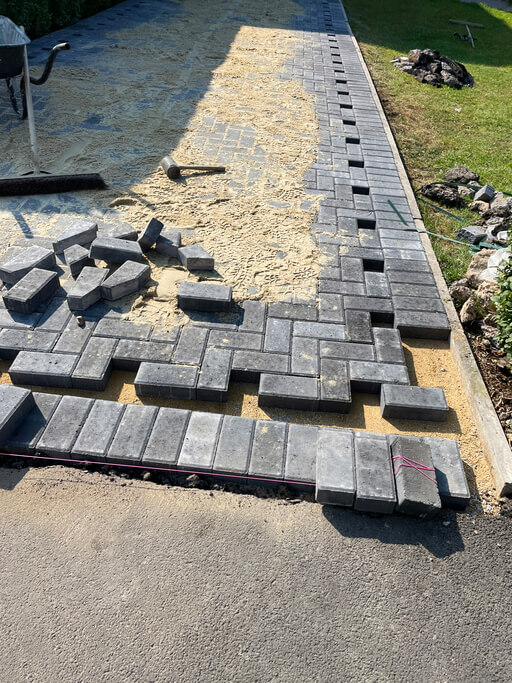
Hardscaping is Built to Last
Even the benefits that hardscaping shares with horticultural landscaping, such as increased privacy and shade, are better achieved with hardscaping. Here’s why:
- Privacy hedges and trees that are planted to provide shade are subject to seasonal variation in size and color, and they require far more trimming and maintenance than hardscape equivalents.
- If the shade trees and privacy hedges are deciduous, they will need to be much thicker to serve their purpose during the winter (using only the bare branches to provide shelter or privacy) and leaves need to be raked in the autumn.
- If the shade trees and privacy hedges are evergreens, they can drop needles that make it painful and obnoxious to walk around barefoot.
- As opposed to hardscape elements, any kind of horticulture element requires some degree of watering or care. Even with proper care, hedges and trees can die from diseases, pests, or physical damage from bad luck and bad weather.
Walls made from stone or other hardscape materials provide low-maintenance privacy all year, and pergolas or gazebos provide more shelter from sun and rain. Generally speaking, hardscaping is more durable and often holds up longer than horticultural landscaping elements. This depends on the materials used – obviously a wall made from well-mixed and non-reinforced concrete doesn’t have the same expiration date as a plywood picket fence. However, many manmade hardscape structures whose age rivals that of the earth’s oldest living trees are still standing, hundreds or even thousands of years after they were built.
Of course, you probably aren’t trying to build the Pyramids of Giza when it comes to the common landscaping elements you want in your backyard. Still, hardscaping can last longer than many horticulture features even in the shorter term. Consider the emerald green arborvitae (Thuja occidentalis)
“The average life span of the emerald green arborvitae is about 25 years,” according to an eHow article on the topic. “This represents the life span under ideal conditions. The shrub’s life can be shortened by salt contamination, deer depredation, disease or insect damage.”
Brick walls, on the other hand, can last 50 to 150 years or longer. Hardscaping options require much less maintenance, too.
“Homeowners often prune or shear the emerald green arborvitae in order to maintain the shrub’s shape and limit the plant’s width,” the article continues. “Avoid cutting the top leader or main trunk that extends upward. If the old wood of the tree is cut, the vertical growth of the arborvitae can be adversely affected. Often the shrub is sheared and the new growth of the plant is trimmed off.”
Because hardscaping needs less maintenance and lasts longer, it can be significantly less expensive than other options. Even when hardscape requires a labor-intensive and costly installation, after the work is done and the bills are paid, it usually requires almost no further time or thought. Compared to horticultural landscaping, this can save a lot of energy and money over the lifespan of the hardscaping.
The Water Efficient Option
In areas that are prone to drought, hardscaping is a popular option among homeowners for a number of reasons. One of the biggest is that hardscaping can help to prevent water wastage, according to Renew Financial’s article on the topic.
“By replacing your grass with a combination of gravel, rock features, succulents, native plants, and stone walkways, you can have an attractive front yard that requires very little (if any) water in its upkeep,” the article says. “This method of drought-tolerant landscaping increases your outdoor water efficiency, while also eliminating the need for a lawnmower.”
Not needing to water a lawn or plants is a major water saver in arid areas, but even in wetter regions it can cut down on water bills and help the environment.
Get a Helping Hand
If you would like to integrate hardscaping into your home, reach out to our experts at R&L Irrigation Lawn Care & Turf Management Services. We have provided professional and affordable irrigation services for more than 15 years, using only high-quality products and practices. To learn more about how we can help you, contact us today.


